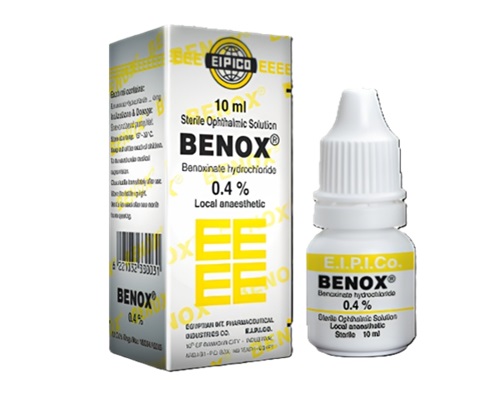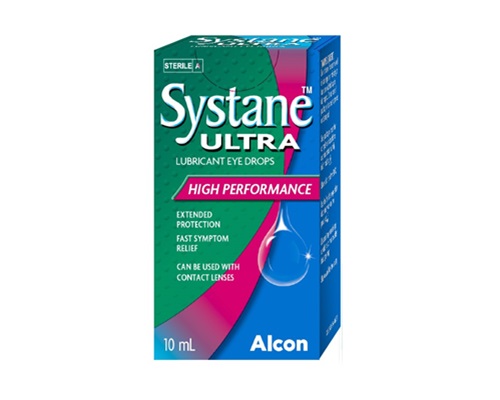Description
Trade name:
Alphanova
Compound:
brimonidine tartrate 1.5 mg
Properties:
Indications:
Method of administration and dosage:
Contraindications:
– hypersensitivity to brimonidine and other components of the drug;
– concomitant therapy with MAO inhibitors;
– children under 2 years of age, weight loss (up to 20 kg);
– breastfeeding period.
– orthostatic hypotension, heart failure, cerebrovascular diseases leading to cerebral circulatory failure, renal failure (CC below 40 ml/min), liver failure, depression, Raynaud’s syndrome, thromboangiitis obliterans, children under 7 years of age.
Precautions:
Taking the drug Alfanova may be accompanied by episodes of weakness and drowsiness in some patients. In the event that work is associated with monitoring dangerous objects, with heights, driving vehicles, it is necessary to warn in advance about a possible decrease in attention and speed of psychomotor reactions, it is recommended to refrain from these types of activities.
Side effects:
From the visual organs: very often – allergic conjunctivitis, conjunctival hyperemia, itching of the mucous membrane of the eyes and skin of the eyelids; often – a burning sensation, follicular conjunctivitis, allergic reactions of the eye (including keratoconjunctivitis), blepharitis, blepharoconjunctivitis, impaired visual perception, cataract, conjunctival edema.
From the central nervous system: often – headache, drowsiness, insomnia, dizziness.
From the cardiovascular system: often – increased blood pressure; infrequently – decreased blood pressure.
From the respiratory system: often – bronchitis, cough, shortness of breath. From the
digestive tract: often – gastrointestinal disorders – dyspepsia, dry oral mucosa.
From the skin and subcutaneous fat: often – rash.
Infectious and parasitic diseases: often – flu-like syndrome, infectious disease (chills and respiratory infection), rhinitis, sinusitis, including contagious.
Laboratory indicators: often – hypercholesterolemia.
Storage method:
Store at temperatures not exceeding 30 degrees.









